As one of Canada's preeminent feminist artists, Leesa Streifler's 40-year career has focused on experiences and representations of women, with her own lived experience at the core of her practice. In this series of mixed media drawings, she explores the aesthetics of aging female bodies and how they are perceived in a culture consumed with youthful beauty and ability. Through these powerfully drawn, expressive works Streifler fosters critical dialogue on bodily changes, ability, agency, sexuality, relationships, and memory to recognize strength and beauty at all ages and abilities. This exhibition is dedicated to Streifler’s mother, Sheila, who passed away in 2020.
Leesa Streifler received a BFA at the University of Manitoba and an MFA from Hunter College in New York. She taught in the Department of Visual Arts at the University of Regina for over 30 years, influencing generations of art students. She has exhibited widely in Canada and internationally. She is passionate about feminism and art education, actively mentoring other artists through MAWA (Mentoring Artists for Women’s Art) in Winnipeg, MB. Streifler lives and works in Winnipeg on Treaty One territory, the original lands of the Anishanaabeg, Oji-Cree, Dakota, and Dene Nations, and on the National Homeland of the Red River Métis.
Essay ↑
Reflections on She is Present
By Wayne Baerwaldt
Over the past thirty years Winnipeg artist Leesa Streifler’s studio-based practice has addressed Western culture’s biased representation of the female body. Since 2021, Streifler has taken on the theme of women and aging. Contentious and unreconciled, the representation of women and aging in a youth-centric culture is conspicuous for its largely negative associations. Streifler’s exploration of this negativity reveals an irrational mindset. Culturally embedded thought suggests that after a woman turns 35, she is, in the extreme sense, physically and psychologically bankrupt, somehow rendered “deficient” and esthetically unpleasant and in need of physical upcycling (beautification). Is this simply a surrealist nightmare, a kind of oblivion? Negative reinforcement proliferates via mass media advertising and advice columns offering a carrot and stick approach along with an imaginative path to a renewable youthful presence for women. Strangely enough, age anxiety is rarely if ever part of a man’s psychological make-up.
Streifler’s ongoing critique of the negative public representation of aging and women is manifested in her mixed-media drawings, sketch books, installation, performance and video scripts. Dunlop Art Gallery exhibition She is Present proposes both a lament and an empowering message for women who are so often maligned and mis-represented. Streifler’s proposition, in the form of twelve large-scale drawings, sketchbooks and a live performance, is a sensitive collective poem in tone. With both delicacy and rage, Streifler applies an expressionist visual language to condemn and unveil a world of mystery behind a woman’s real-life misery based largely on gender inequality. It is a reminder and no mystery that the internal monologue of the aging woman is dominated by a host of personal awareness boxes to be checked multiple times a day in a full-length mirror or with compact mirror in hand.
Common to many (aging) women, the compulsion is to alter one’s physical attributes with colours and to reshape her form to attain and elevate her status to a more acceptable appearances in the eyes of other men and women alike. Streifler applies a distinct visual style to represent the compulsion as subject matter, producing drawings and forms that are routinely irregular, asymmetric and jarringly repulsive to the eye. Feminist writer and critic Susan Sontag describes, over 50 years ago, what would inform Streifler’s examination of the myths of aging, as follows: “…the point for women of dressing up, applying makeup, dyeing their hair, going on crash diets, and getting facelifts is not just to be attractive. They are ways of defending themselves against a profound level of disapproval directed toward women, a disapproval that can take the form of aversion. The double standard about aging converts the life of women into an inexorable march toward a condition in which they are not just unattractive, but disgusting. The profoundest terror of a woman’s life is the moment represented in a statue by Rodin called ‘Old Age’: a naked old woman, seated, pathetically contemplates her flat, pendulous body.” (1) Streifler’s drawings describe a similar raw endzone in her figurative works. A “ruined” elderly woman in the drawing entitled Blanket (2024) appears to be lodged in a wheelchair. The woman’s body is inert, flattened in perspective and restrained by a checkered pink lap blanket. Another large-scale drawing, Belief (2022) offers a phantasmagoria of faces, flaming hair, and gaping mouths seemingly terrorized by a Christian cross and a hovering kitchen apron. Signs of terror flow unendingly. In spirit, Streifler’s call for equality is universal, a wake-up call to women and a direct message for all men.
What is to be done? Streifler addresses the common urge to rebuild the aging body. It is largely a fantasy world. The building blocks to a redemptive dreamworld are a woman’s hair, lips, skin, nails, and the will to attain a defined slim shape, each attribute encouraged in combination. (2) Attributions remain in flux, held in check by one’s personal demeanor, a forever quest to please other women and men. Streifler identifies each building block as a faux improvement, frozen in time or, ideally, with deficiencies reversed. But ultimately Streifler is asking us all to tell the truth about aging. Women should be strong and ambitious for no one else but themselves.
Streifler casts a harsh and critical eye to the anxieties that seemingly can’t be relieved by the beauty industry. Streifler’s drawings in oil stick and acrylic on polypropelene are mirrors to the doubt cast on aging women. Doubt privileges youth and drives what’s culturally defined as beautiful or worthy of building self-worth. To counter the assault by dominant, largely patriarchal values, Streifler has established a feminist position in the form of an esthetic strategy designed to overturn reality by imagining new meaning in shapeless forms to re-empower women.
Streifler addresses the challenge by debasing the established standards of beauty and self-worth in her drawings. Her strategy is to create figures that appear to embrace formlessness. Body parts are purposely articulated in a crude handling of her materials. In the drawing entitled Speaking Up (2023-24), Streifler denies each figure its “proper” form and by doing so she channels an optical unconscious to emphatically present a pastiche of three women. There is a screaming older woman, a girl and a young woman to the left depicted in this work. The handwritten text screams, “If not now, When?” to suggest a higher, more transcendent future tense.
During the opening of She is Present, Winnipeg artist Anastasia Evsigneeva dances in response to Streifler’s work. The youthful Evsigneeva in relationship to the images of aging women on the wall create a unique tension which she brilliantly enhances? The resulting flurry of images do not decorate Streifler’s investigation so much as structure and extend the artist’s basic mechanisms of thought on aging and representation to undo the myths and values of aging.
Notes:
1. Sontag, Susan. THE DOUBLE STANDARD OF AGING, The Saturday Review, September 23, 1972, p.32.
2. Ibid, p.36. “Her face is an emblem, an icon, a flag. How she arranges her hair, the type of make-up she uses, the quality of her complexion—all these are signs, not of what she is ‘really’ like, but of how she asks to be treated by others, especially men. They establish her status as an ‘object.’”
Wayne Baerwaldt is a Canadian independent curator. His best-known projects trace performative elements in artmaking with an emphasis on unstable, disputed identities and the language of their construction. He has curated and co-curated numerous exhibitions including Ydessa Hendeles: Grand Hotel, If I May Digress: Richard Boulet, Glenn Ligon: Some Changes (with Thelma Golden) and Taras Polataiko: DEFIANCE, among others. He is a board member of The Hnatyshyn Foundation (Ottawa) and serves on the Advisory Board for participant inc. (New York).
Artist ↑
Images ↑
Photos by Don Hall
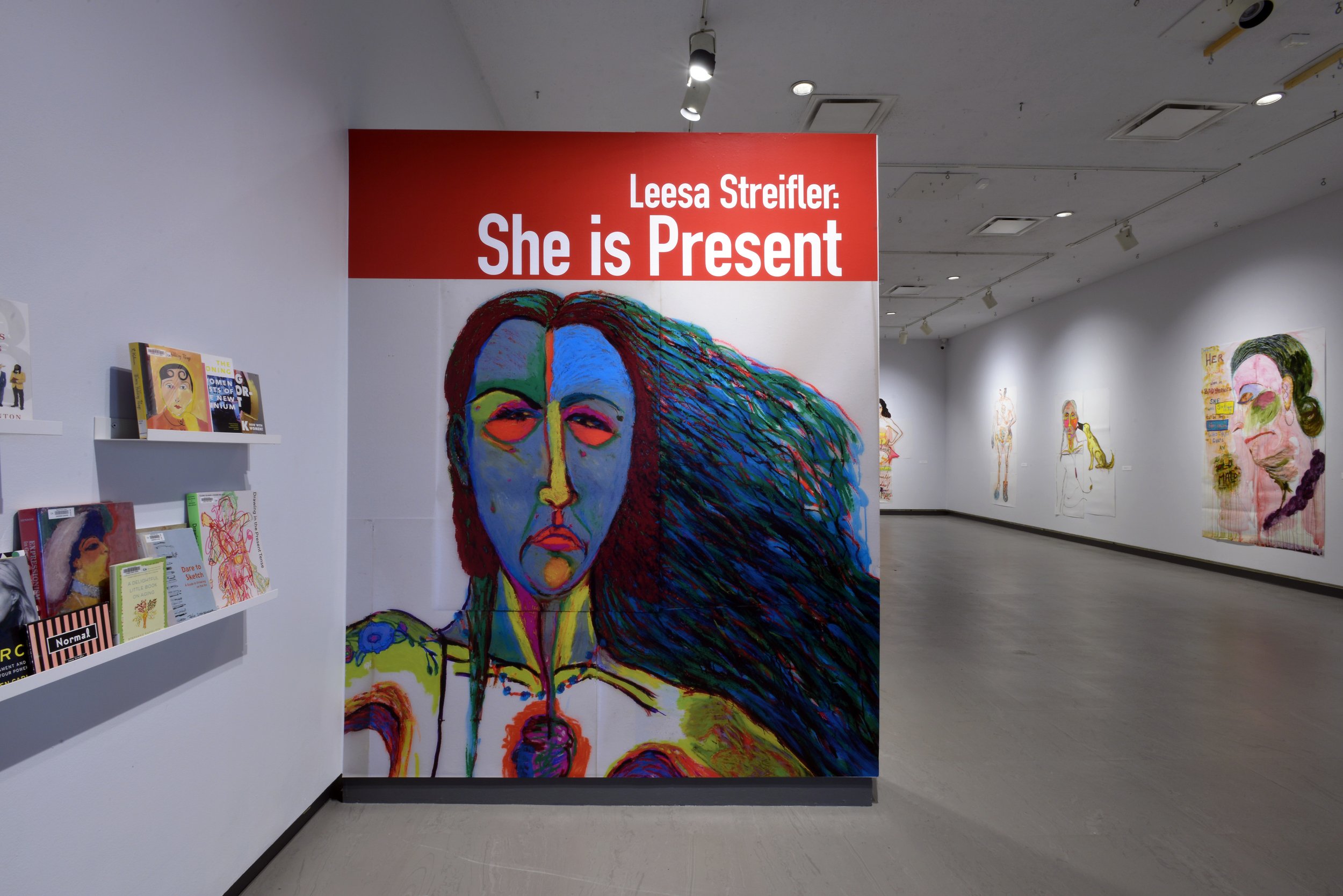
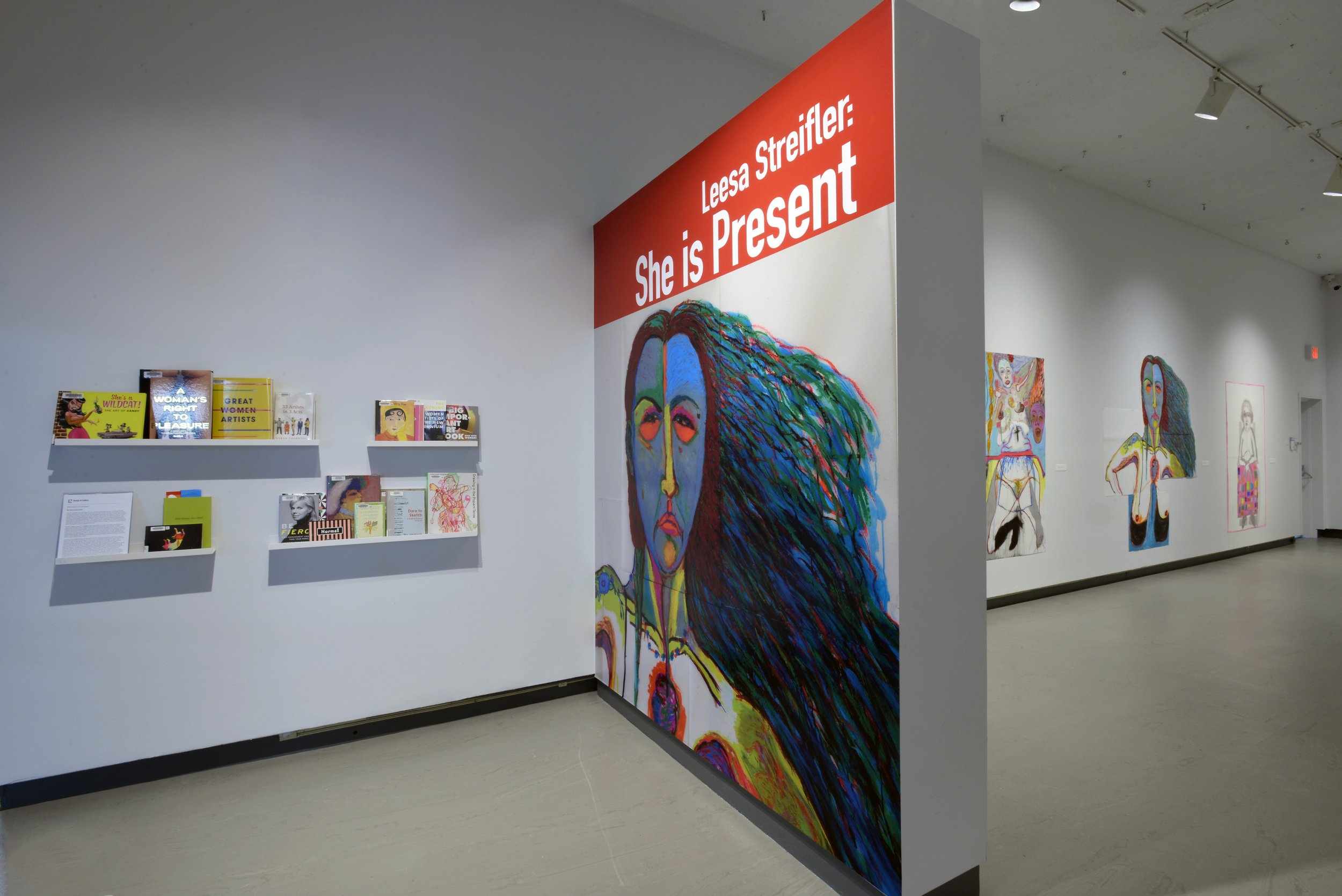
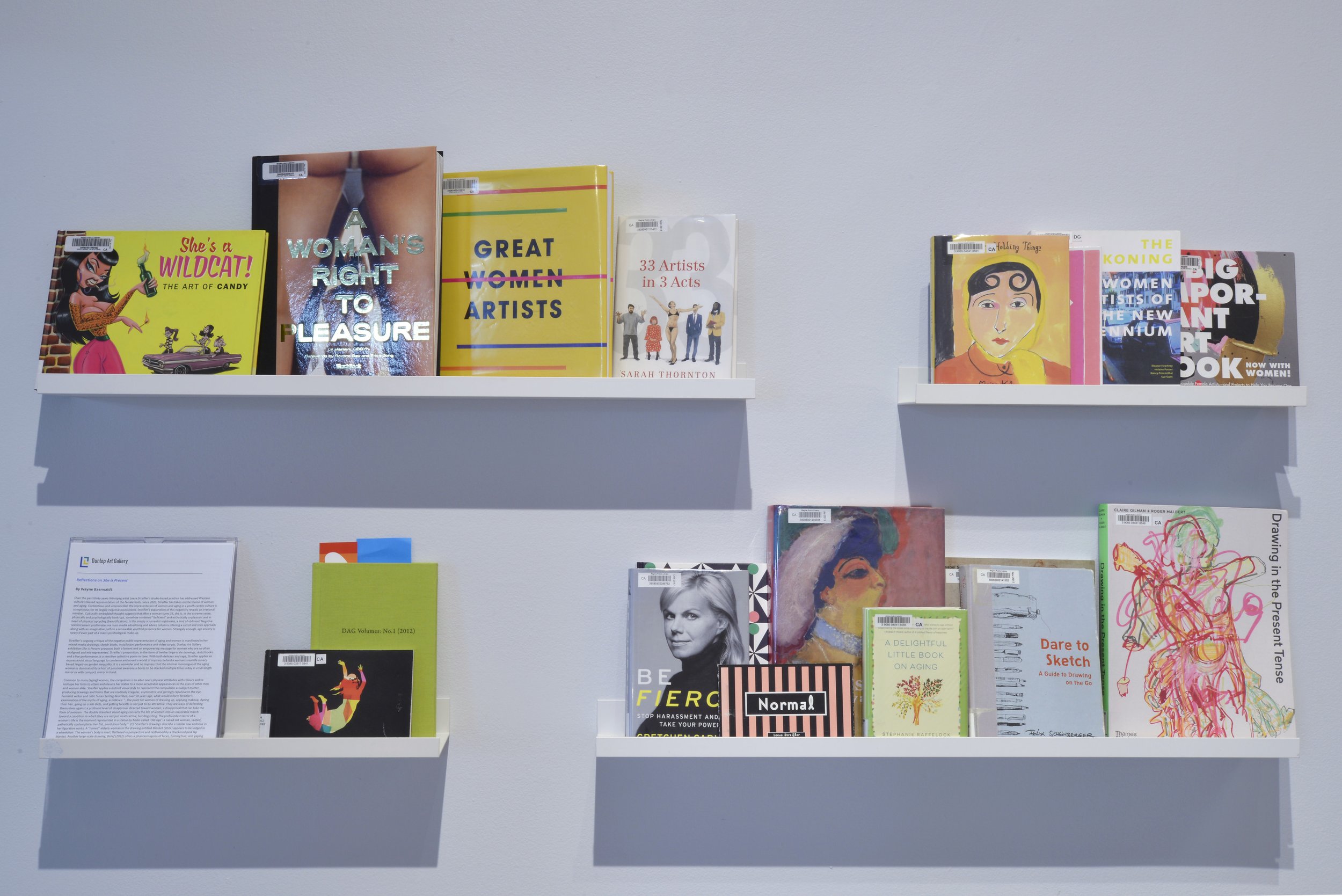
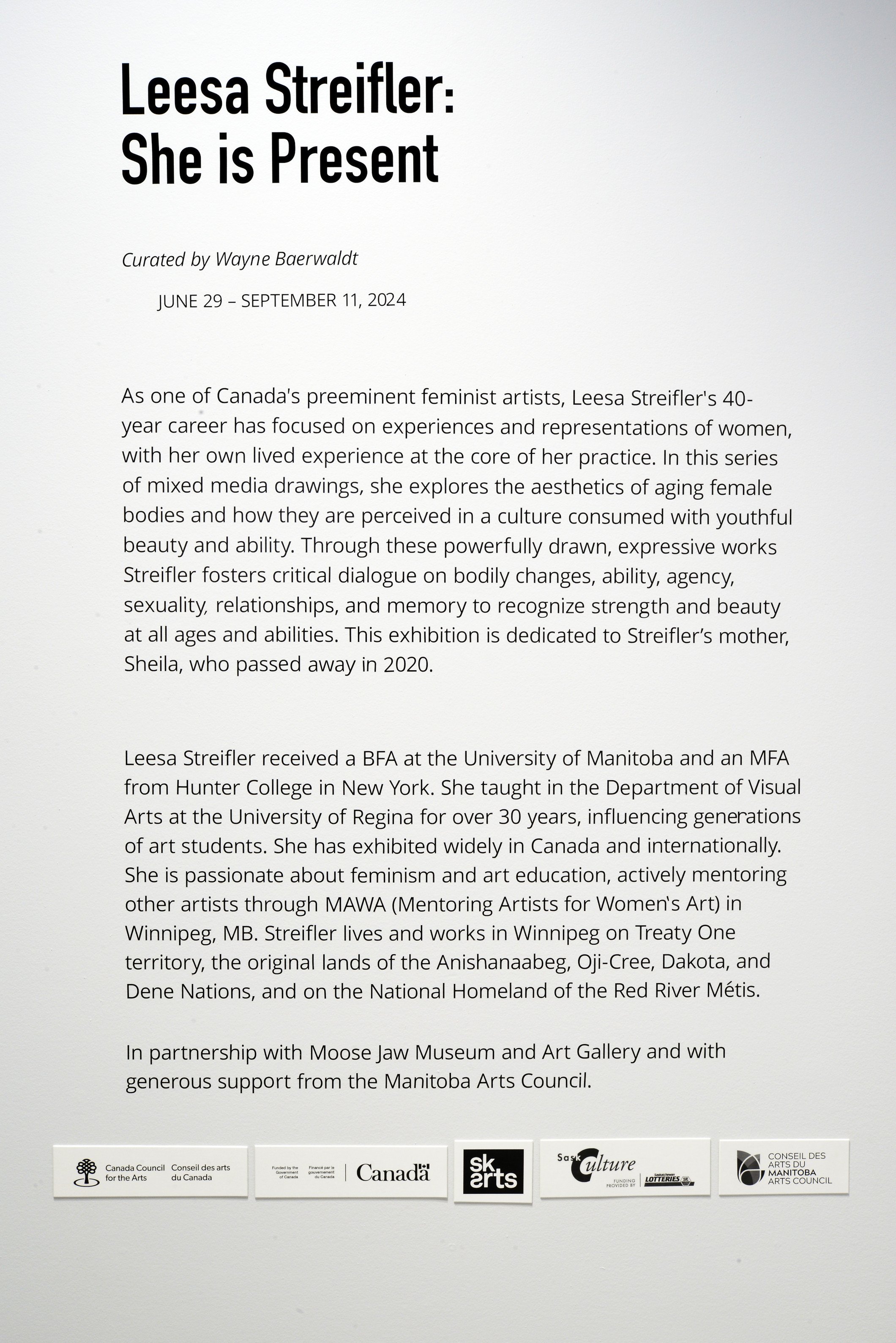


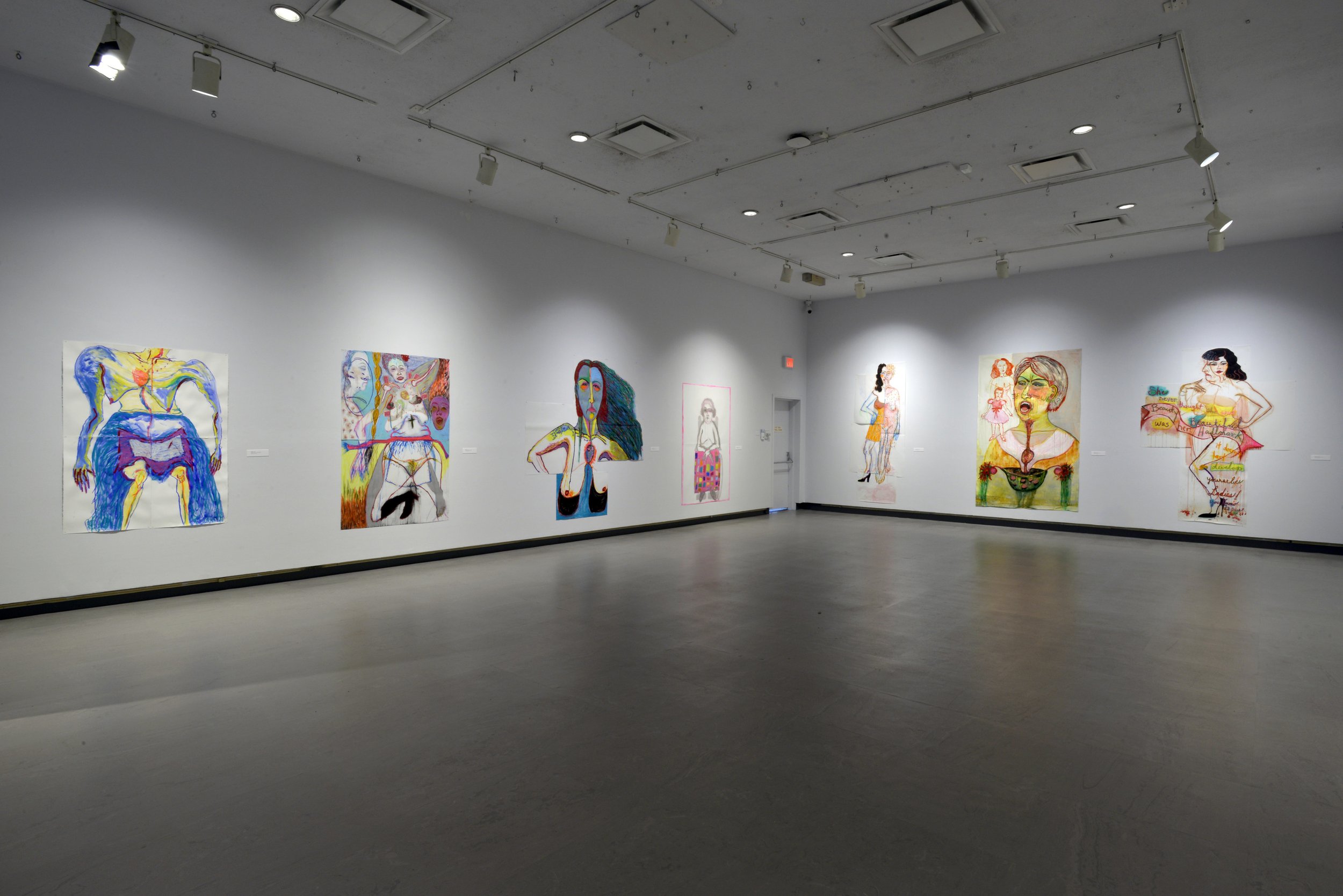





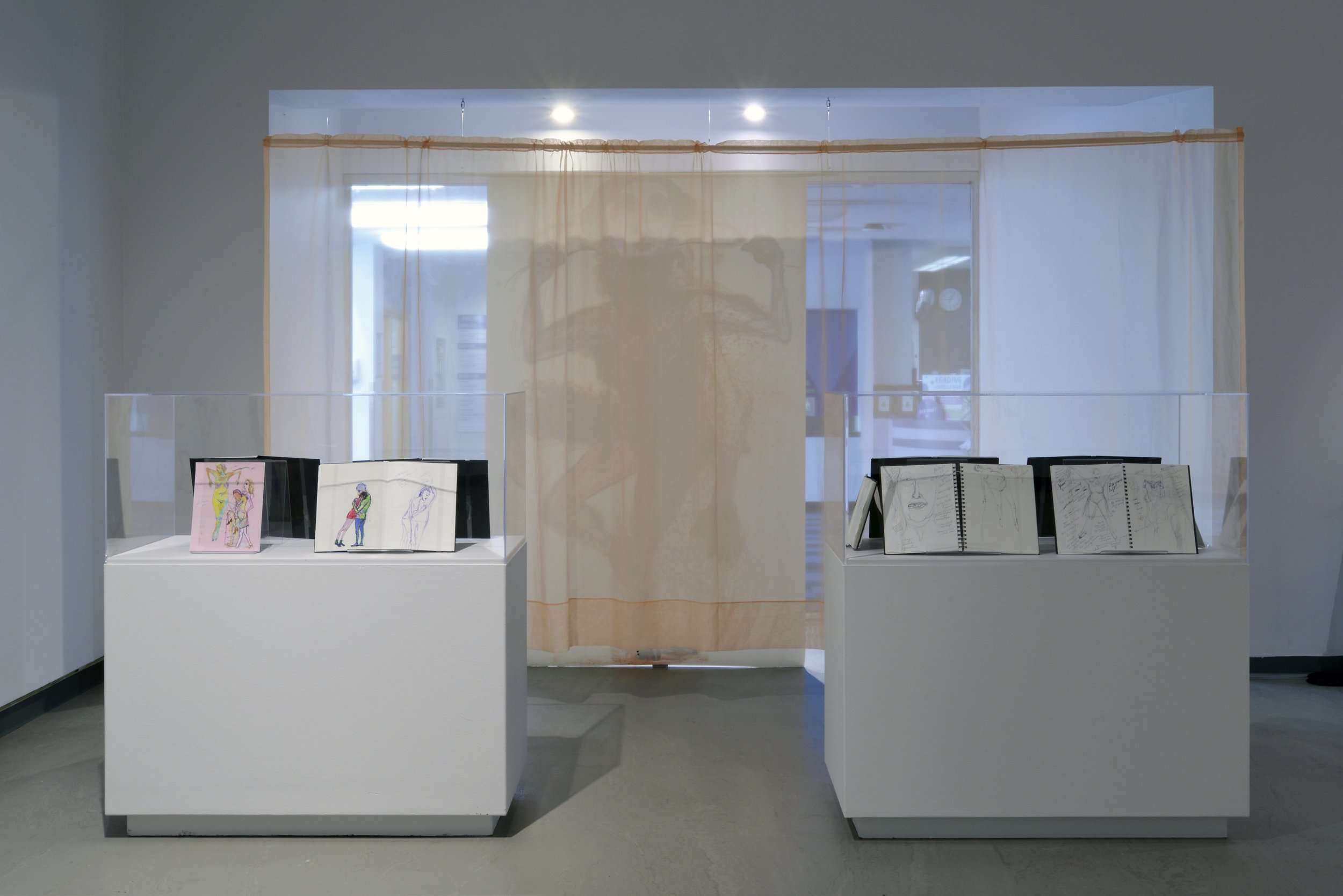
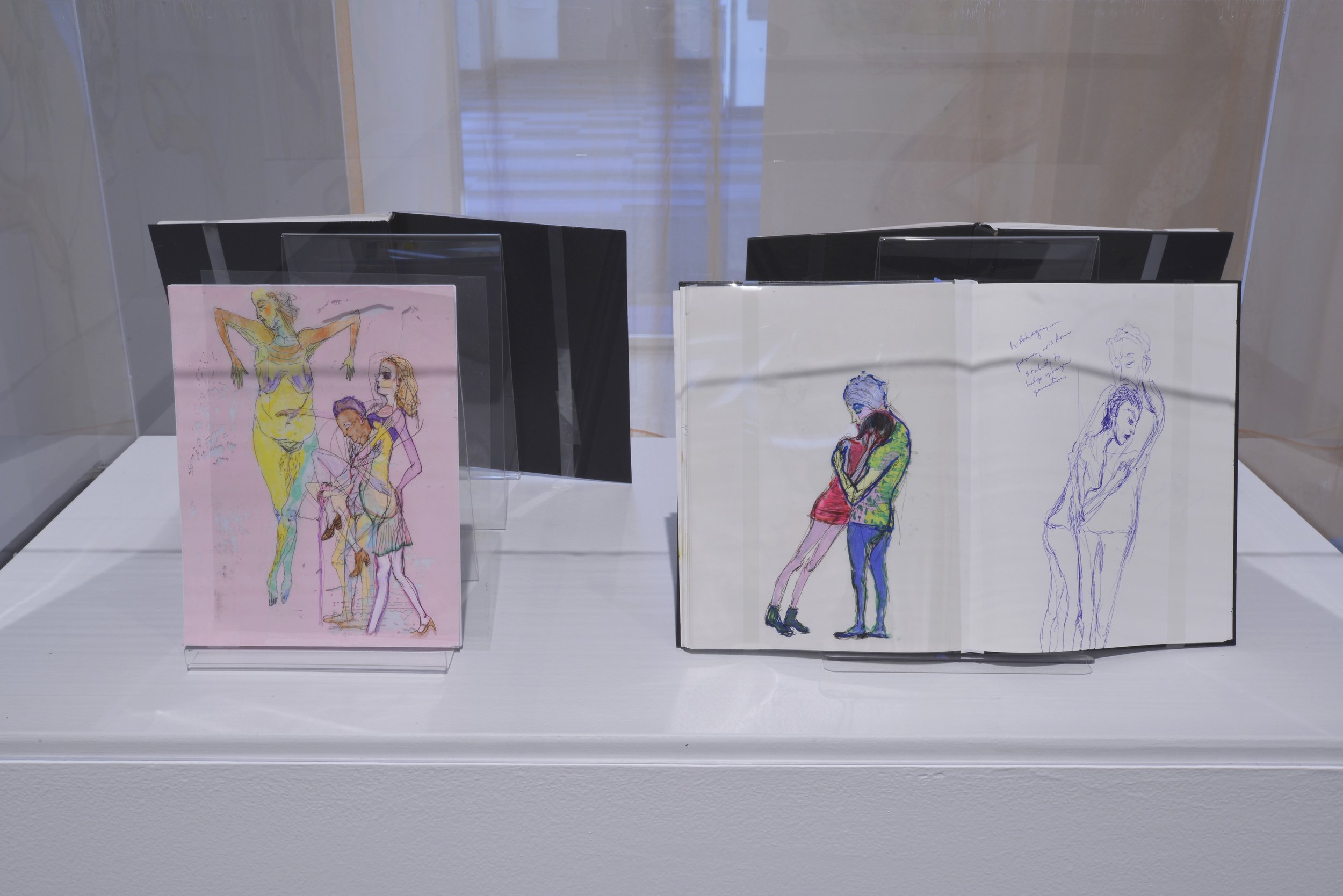

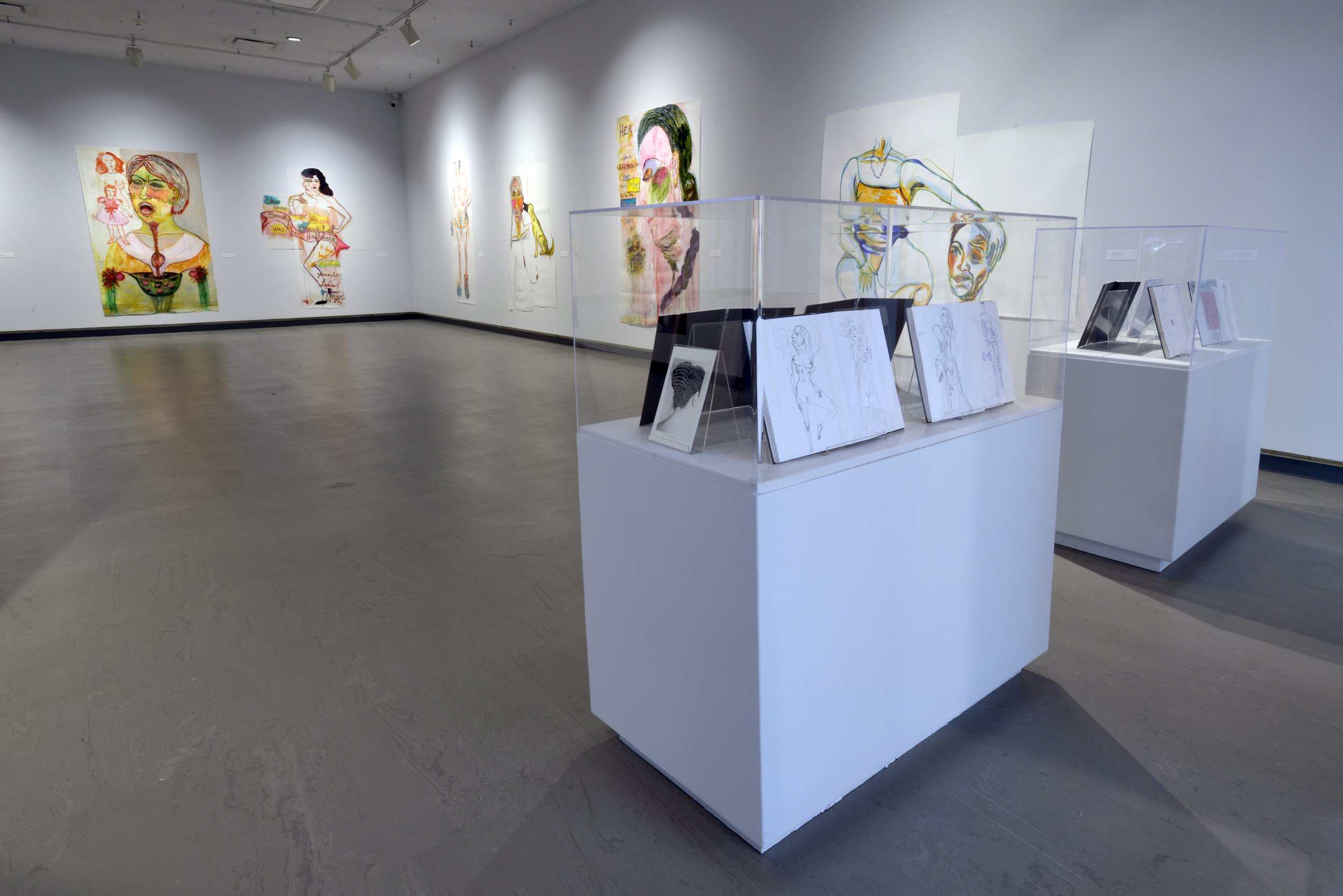

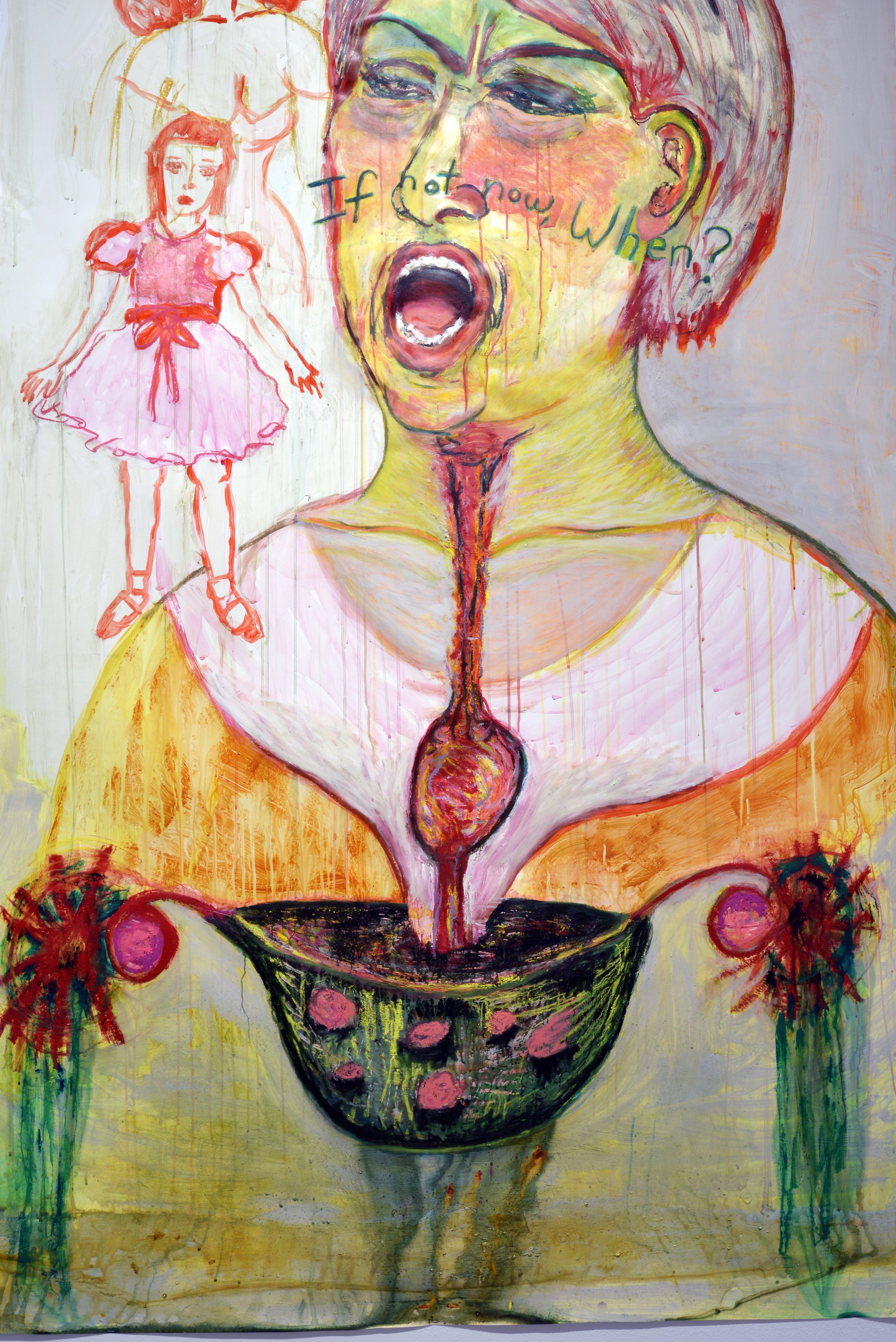
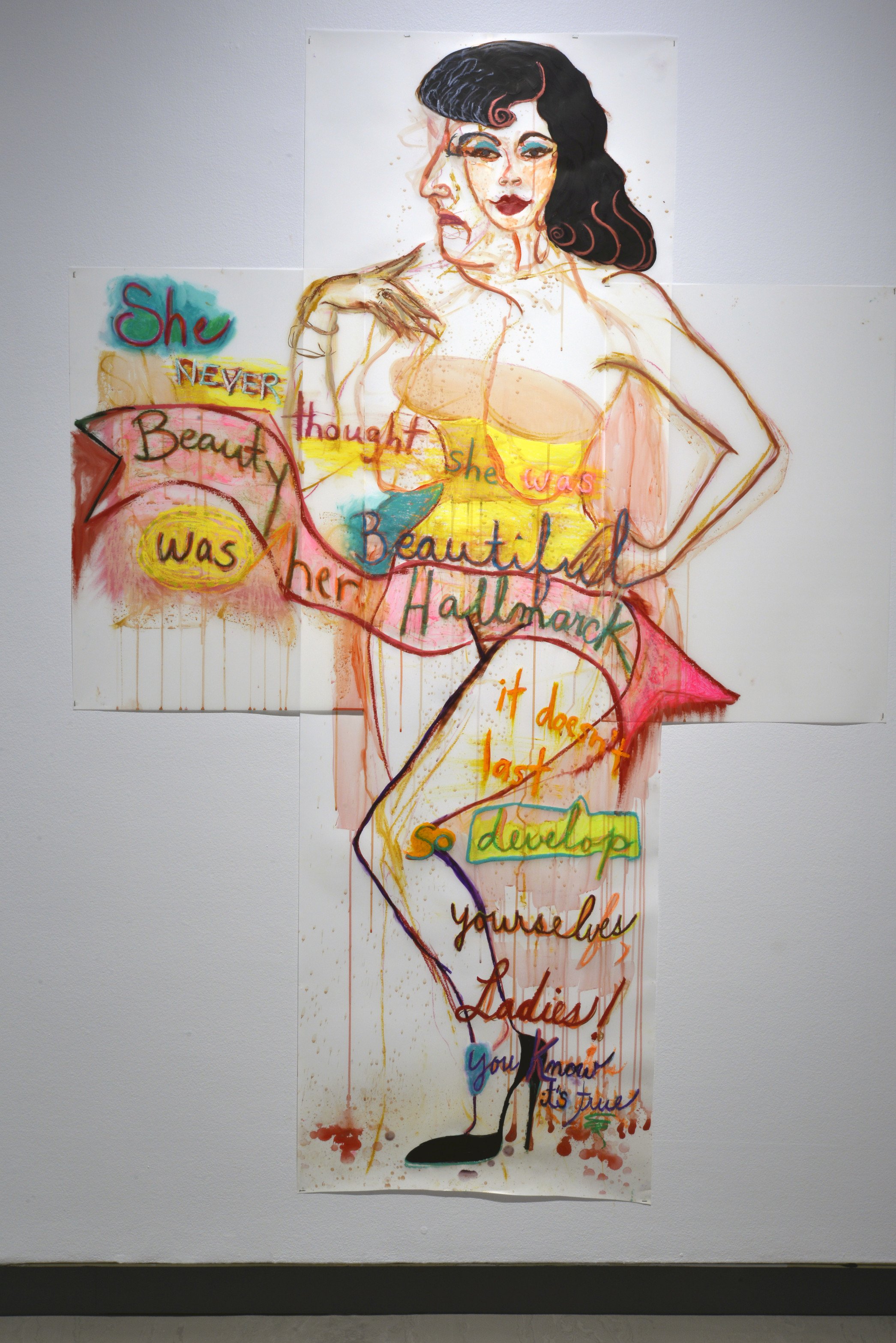

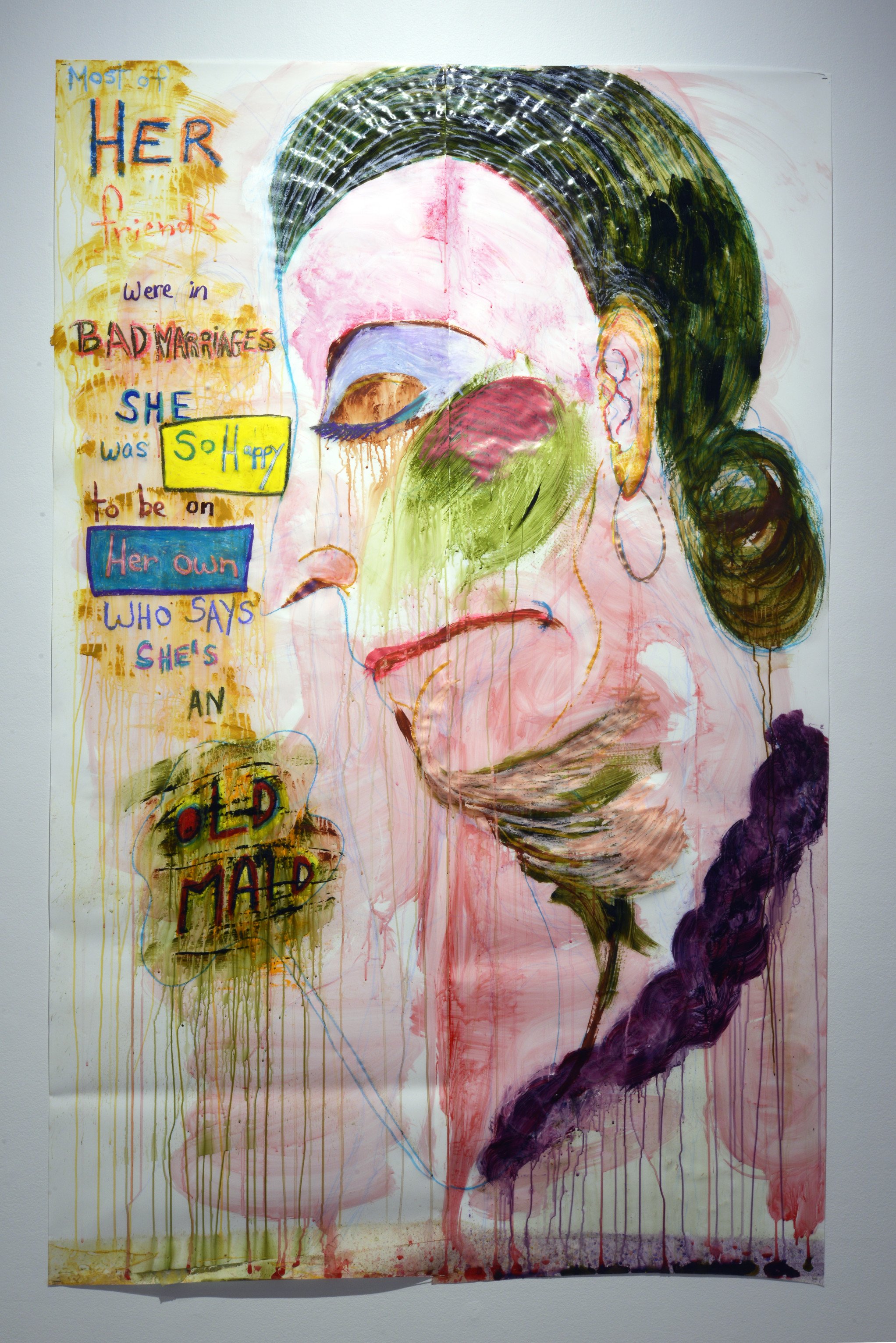


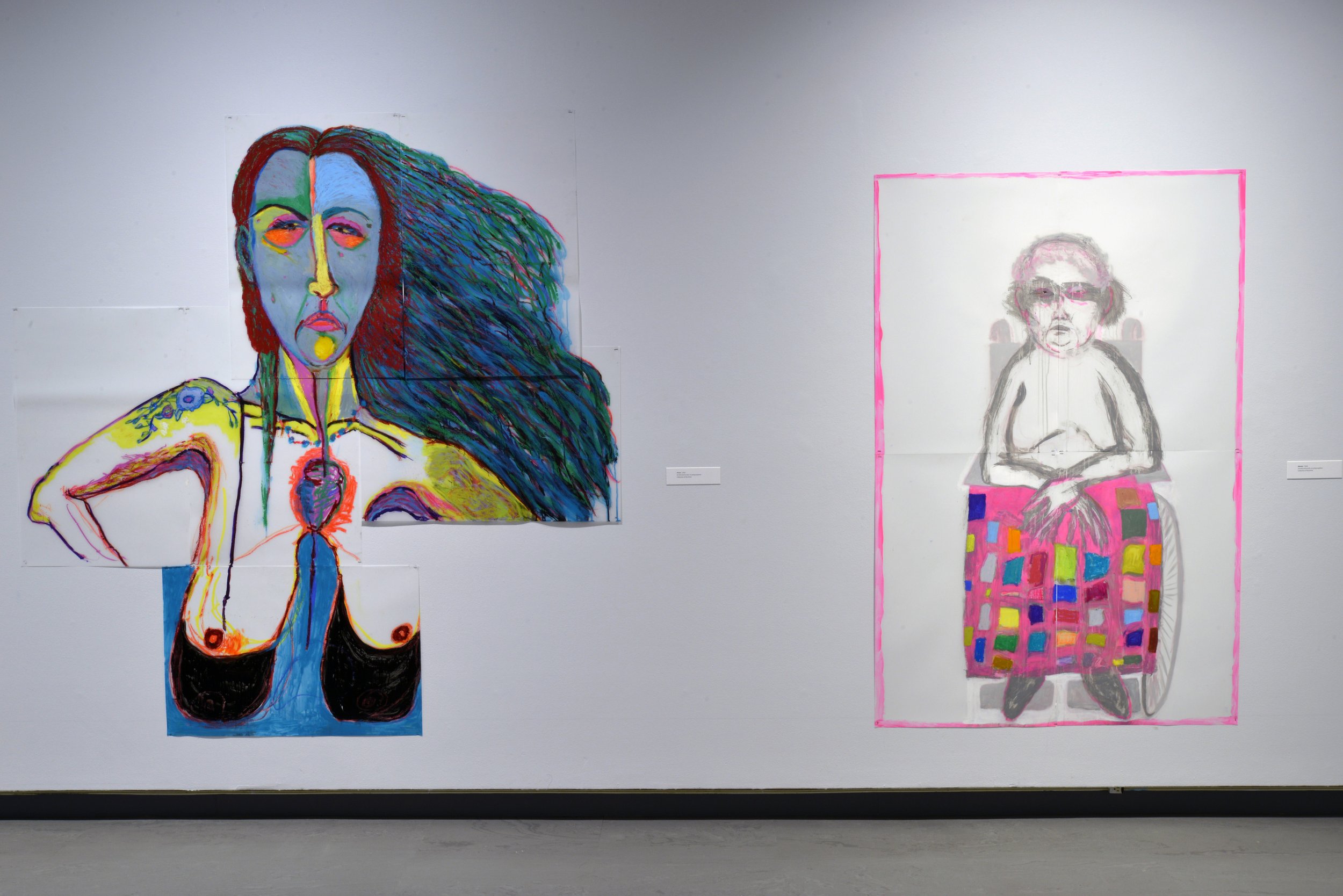
Media ↑

